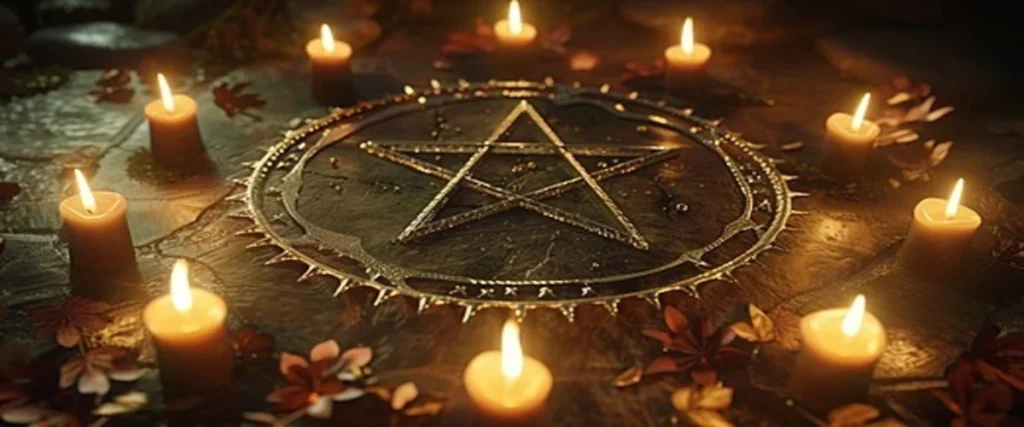
Magical realism is a literary genre that seamlessly blends fantastical elements with ordinary reality. It presents a world where the extraordinary exists alongside the mundane, often without explanation or comment. This unique blend of the magical and the real creates a captivating and thought-provoking reading experience.
Key Characteristics of Magical Realism
1. Matter-of-Fact Tone: One of the defining characteristics of magical realism is its matter-of-fact tone. Magical events are presented as ordinary occurrences, devoid of surprise or wonder. This approach encourages readers to accept the fantastic as a natural part of the world.
2. Blurring of Boundaries: Magical realism blurs the lines between fantasy and reality. It challenges traditional notions of truth and fiction, leaving readers to question what is real and what is imagined.
3. Social and Political Commentary: Many magical realist works use fantastical elements to explore social and political issues. By employing magic as a metaphor, authors can address sensitive topics in a subtle and often humorous way.
4. Myth and Folklore: Magical realism often draws inspiration from myths, folklore, and local legends. By incorporating these elements, authors connect their stories to cultural traditions and histories.
5. Ambiguity and Open-Endedness: Magical realist texts often leave room for interpretation. The meaning of magical events is rarely explicitly stated, allowing readers to form their own conclusions.
Origins and Development
While the term “magical realism” was coined in the 20th century, the roots of this genre can be traced back to ancient mythologies and folktales. However, it was in Latin America during the mid-20th century that magical realism truly flourished. Authors like Gabriel García Márquez, Jorge Luis Borges, and Isabel Allende became pioneers of this genre, incorporating fantastical elements into their narratives to explore the complexities of Latin American history and culture.
Examples of Magical Realism
1. One Hundred Years of Solitude by Gabriel García Márquez: This iconic novel tells the story of the Buendía family over seven generations, incorporating elements such as telepathy, reincarnation, and a rain that lasts four years and eleven months.
2. Love in the Time of Cholera by Gabriel García Márquez: This love story is set against the backdrop of a cholera epidemic and features a man who waits fifty-one years, nine months, and four days for the woman he loves.
3. The House of the Spirits by Isabel Allende: This sweeping saga chronicles the lives of the Trueba family, intertwining elements of magic, myth, and history.
4. Midnight’s Children by Salman Rushdie: This epic novel follows the lives of a group of children born at the stroke of midnight on India’s independence day, each endowed with magical powers.
5. Kafka on the Shore by Haruki Murakami: This surreal novel blends elements of fantasy, mystery, and realism, exploring themes of loneliness, identity, and the nature of reality.
The Appeal of Magical Realism
Magical realism offers a unique and powerful way to explore the human condition. By blending the ordinary and the extraordinary, it allows readers to see the world in new and unexpected ways. It challenges our assumptions about reality and encourages us to embrace the unknown.
Additionally, magical realism often serves as a form of social and political commentary. By using fantastical elements to represent real-world issues, authors can critique societal norms, power structures, and historical events in a subtle and thought-provoking manner.
The Impact of Magical Realism on Literature and Culture
Magical realism has had a profound impact on literature and culture. It has challenged traditional notions of realism and fantasy, blurring the lines between the two. It has also opened up new possibilities for storytelling, allowing authors to explore complex themes and ideas in innovative ways.
Furthermore, magical realism has played a significant role in shaping the cultural identity of Latin America. By incorporating elements of myth, folklore, and history, magical realist authors have helped to preserve and celebrate their cultural heritage.
The Future of Magical Realism
Magical realism continues to evolve and adapt to new cultural and social contexts. Contemporary authors are incorporating elements of magical realism into their works, creating a diverse and dynamic literary landscape.
Conclusion
In conclusion, magical realism is a unique and powerful genre that offers a fresh perspective on the human experience. By blending the fantastical and the real, it invites readers to question the nature of reality and to embrace the extraordinary.
